...I mean my life as a teacher, not that I teach about life. I mean, I could teach about life if you wanted me too. At least the parts that I've experienced. I'm sure I could throw in some stories from other people's experiences to make it a little more rounded.
Anyways.
I know you've all been wondering, "so what does she DO, exactly?"
Well, I do many things.
The hardest part to understand is that I teach at three different places:
PUBLIC SCHOOL:
1. Shougakou, which means Elementary school. Besides the main shougakou in town here at Funehiki, there are several rural elementary schools that I visit within a 10-15 mile radius. Here I teach two classes for about 50 minutes each, any grade between 1-6. Because I work with two other ladies, sometimes we team teach these classes. When we arrive we enter the building, take off our shoes in the genkan and switch to indoor shoes. We knock on the Kocho-sensei's door (principle) and say "shitsureishimasu!" which means "excuse my rudeness." We are served either green tea or coffe, and usually sit and chat for about 15 minutes. Two kids from the grade we're teaching come into the office to fetch us for class. As we leave the office we say "shitsureishimashita!" which means "excuse me for the rudeness I committed."
WAKAKUSA (A private school):
2. Yochien: kindergarten. I teach between 2-3 classes in one day, each about 30 minutes long. They are either 4yr old or 5 yr old classes. This is the structure directly across from my apartment. They also have students younger than these but we don't teach them.
3. Wakakusa English School (The English School): This is an after-school program, extra classes for elementary kids whose parents want them to have more English study with native speakers. The Japanese teachers here give instruction about grammar, and also have separate classes for math. We teach between 1-3 classes per night for 50 minutes each, grades 1-6. They start at 4pm and go until 7pm. Additional classes for Jr. High students are from 7-8 which we also teach (currently I'm not teaching these classes).
We are given curriculum and it is basically up to us to decide how we want to present the topic or grammar point. There are plenty of games, repeating after the teacher, and writing on the chalkboard. A few songs scattered here and there, but mostly we save those for the little kids. I've discovered that candy is a big motivator for shy students :) It is both fun and difficult to come up with stimulating and interesting activities for the kids to do. It's like a mom wanting her kids to eat healthy things without them knowing it...you want them to learn without them thinking they're learning something.
For shougakou we are given an outline of suggested material, so it's up to us to provide games and flashcards. Other times we are basically given a script of what to teach and all they want us to do is harp on the kids over their pronunciation.
At the yochein...basically just keeping their attention for a half-hour is a major feat. We practice drawing letters in the air, lots of moving around and motions for things. I've taken this opportunity to sneak in some sign language, especially for learning animals. They love it.
Eventually I'll get some kind of video of my kids but for now, please enjoy these pictures and video!
Anyways.
I know you've all been wondering, "so what does she DO, exactly?"
Well, I do many things.
The hardest part to understand is that I teach at three different places:
PUBLIC SCHOOL:
1. Shougakou, which means Elementary school. Besides the main shougakou in town here at Funehiki, there are several rural elementary schools that I visit within a 10-15 mile radius. Here I teach two classes for about 50 minutes each, any grade between 1-6. Because I work with two other ladies, sometimes we team teach these classes. When we arrive we enter the building, take off our shoes in the genkan and switch to indoor shoes. We knock on the Kocho-sensei's door (principle) and say "shitsureishimasu!" which means "excuse my rudeness." We are served either green tea or coffe, and usually sit and chat for about 15 minutes. Two kids from the grade we're teaching come into the office to fetch us for class. As we leave the office we say "shitsureishimashita!" which means "excuse me for the rudeness I committed."
WAKAKUSA (A private school):
2. Yochien: kindergarten. I teach between 2-3 classes in one day, each about 30 minutes long. They are either 4yr old or 5 yr old classes. This is the structure directly across from my apartment. They also have students younger than these but we don't teach them.
3. Wakakusa English School (The English School): This is an after-school program, extra classes for elementary kids whose parents want them to have more English study with native speakers. The Japanese teachers here give instruction about grammar, and also have separate classes for math. We teach between 1-3 classes per night for 50 minutes each, grades 1-6. They start at 4pm and go until 7pm. Additional classes for Jr. High students are from 7-8 which we also teach (currently I'm not teaching these classes).
We are given curriculum and it is basically up to us to decide how we want to present the topic or grammar point. There are plenty of games, repeating after the teacher, and writing on the chalkboard. A few songs scattered here and there, but mostly we save those for the little kids. I've discovered that candy is a big motivator for shy students :) It is both fun and difficult to come up with stimulating and interesting activities for the kids to do. It's like a mom wanting her kids to eat healthy things without them knowing it...you want them to learn without them thinking they're learning something.
For shougakou we are given an outline of suggested material, so it's up to us to provide games and flashcards. Other times we are basically given a script of what to teach and all they want us to do is harp on the kids over their pronunciation.
At the yochein...basically just keeping their attention for a half-hour is a major feat. We practice drawing letters in the air, lots of moving around and motions for things. I've taken this opportunity to sneak in some sign language, especially for learning animals. They love it.
Eventually I'll get some kind of video of my kids but for now, please enjoy these pictures and video!

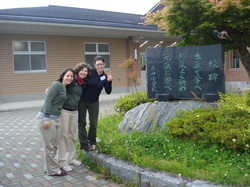
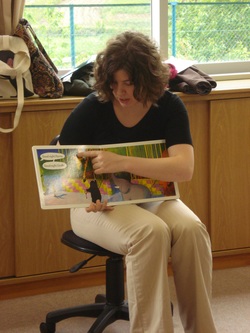
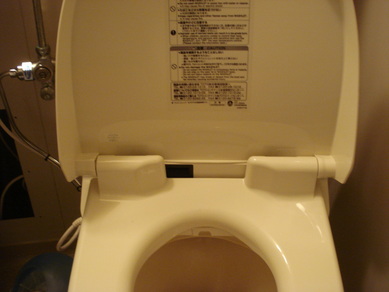
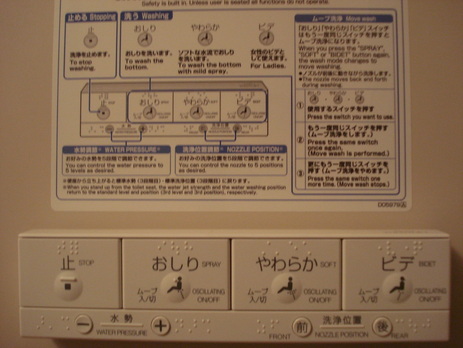
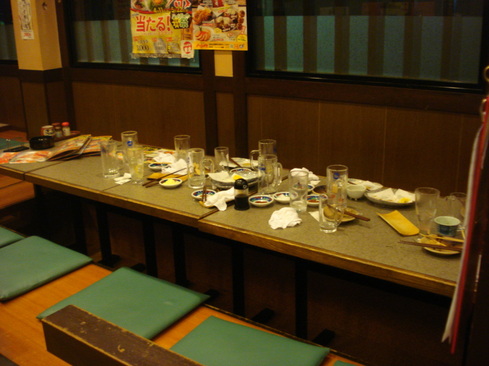
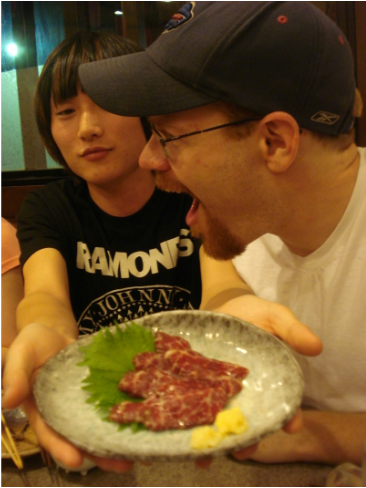
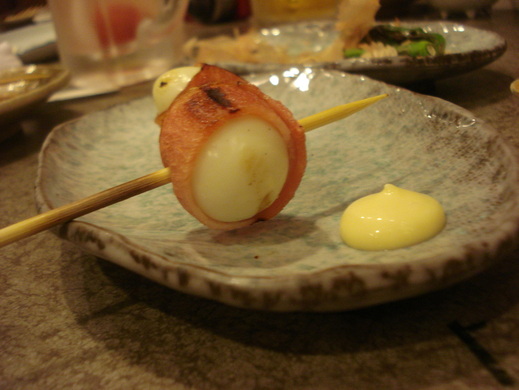
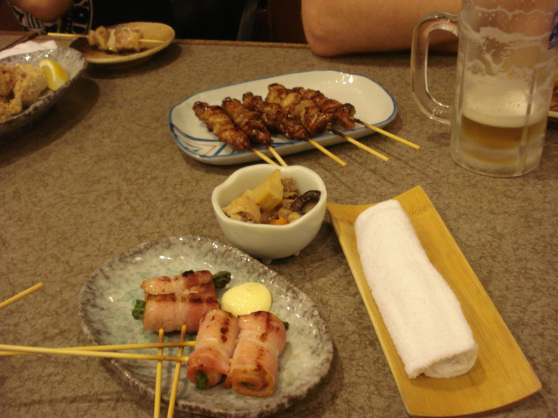
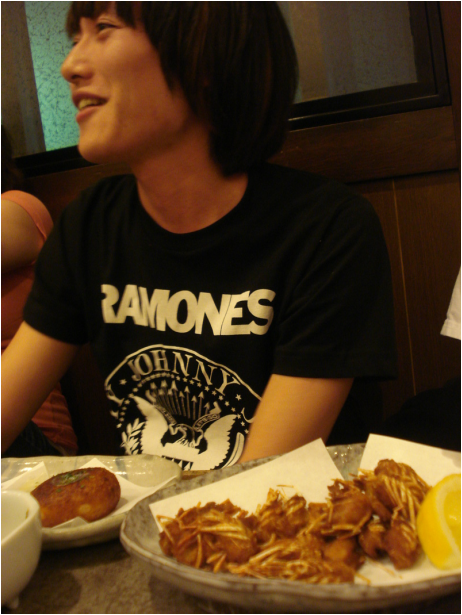
 RSS Feed
RSS Feed